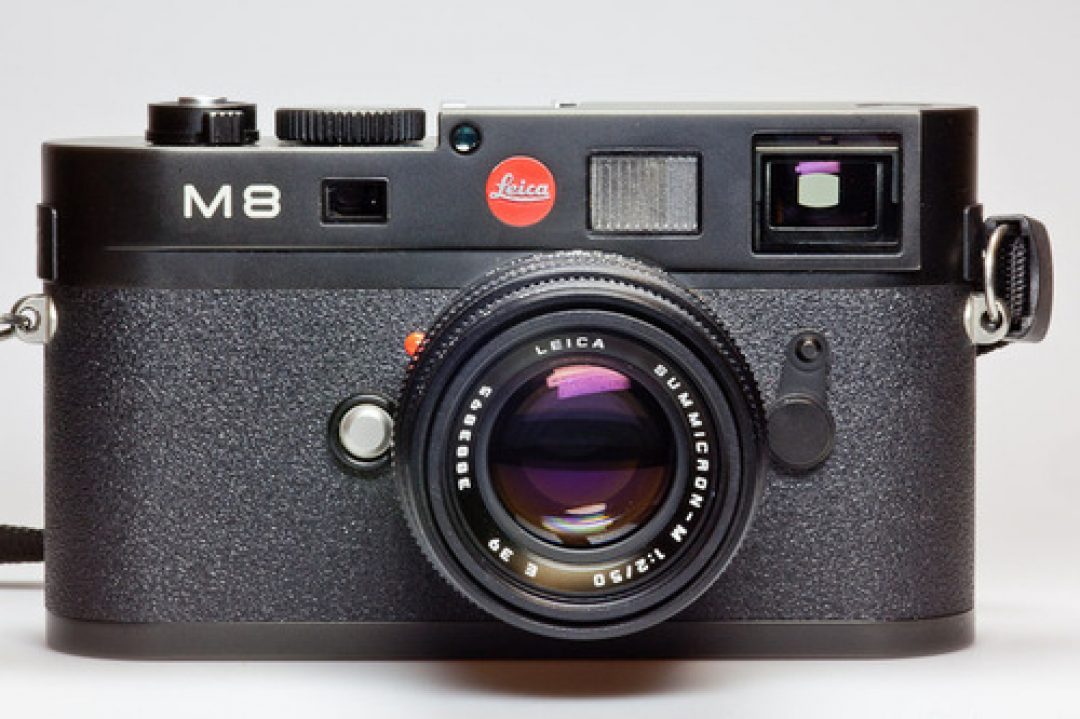
Lens Coding Leica M system | Bernd Margotte
A classical rangefinder camera such as the Leica M model does not require any data transmission between the lens and the camera. With analogue film, there was no requirement for such a technique, but in the digital age it is a standard feature, that all technical details about a picture are stored in the EXIF data file attached to the picture file itself. The rangefinder is totally different in its construction compared to a Single Lens Reflex (SLR) camera. And this is one of the reasons, why data transmission is widely spread on SLRs but not that common with rangefinder cameras. If you are selecting an aperture for example, you choose this directly at the lens itself. As one is not looking through the lens itself, it doesn’t matter if the aperture is closed or not. The finder is totally independent from the aperture setting and such the aperture is always set to whatever value is used in the picture taken later on. This is totally different using a SLR. Here, you are looking through the lens itself and it is therefore required t have the finder as light as possible to do your composition. The aperture will therefore not be closed until you take a picture. You are not dialling in the real aperture but only a position which will be used to take the picture. If you now press the shutter, the mirror will be lifted, the aperture will be closed to the pre-selected value and finally the shutter will be opened. The camera therefore needs to know the exact pre-selected value for the aperture, i.e. the aperture value needs to me transmitted from the lens back to the camera and during the shot the camera needs to tell the lens to close the aperture, i.e. there is a ‘data’ transmission between camera and lens……..
See on www.berndmargotte.com
The Phoblographer
